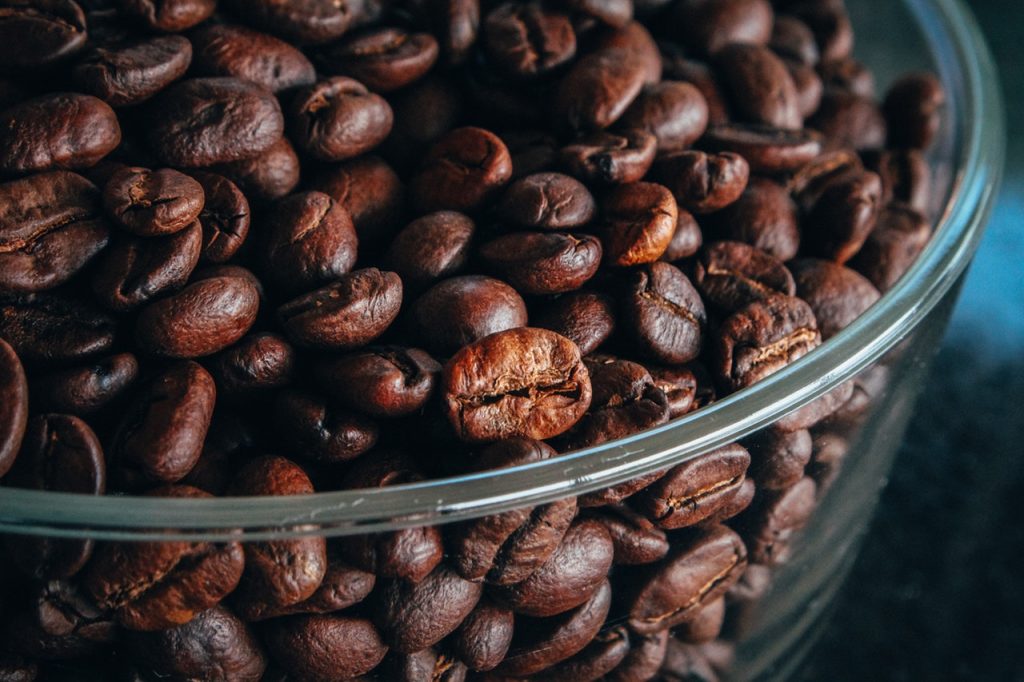Have you discovered and tasted the rewards of home roasting coffee beans yet? Remember, identifying and developing your preferred coffee flavor profile takes time and patience. An important step in this process is degassing your coffee beans. When you purchase roasted coffee beans from your local cafe or grocery store, the bag usually has a […]
Read More… from Degassing Coffee: Definition, Importance, & Factors to Consider


